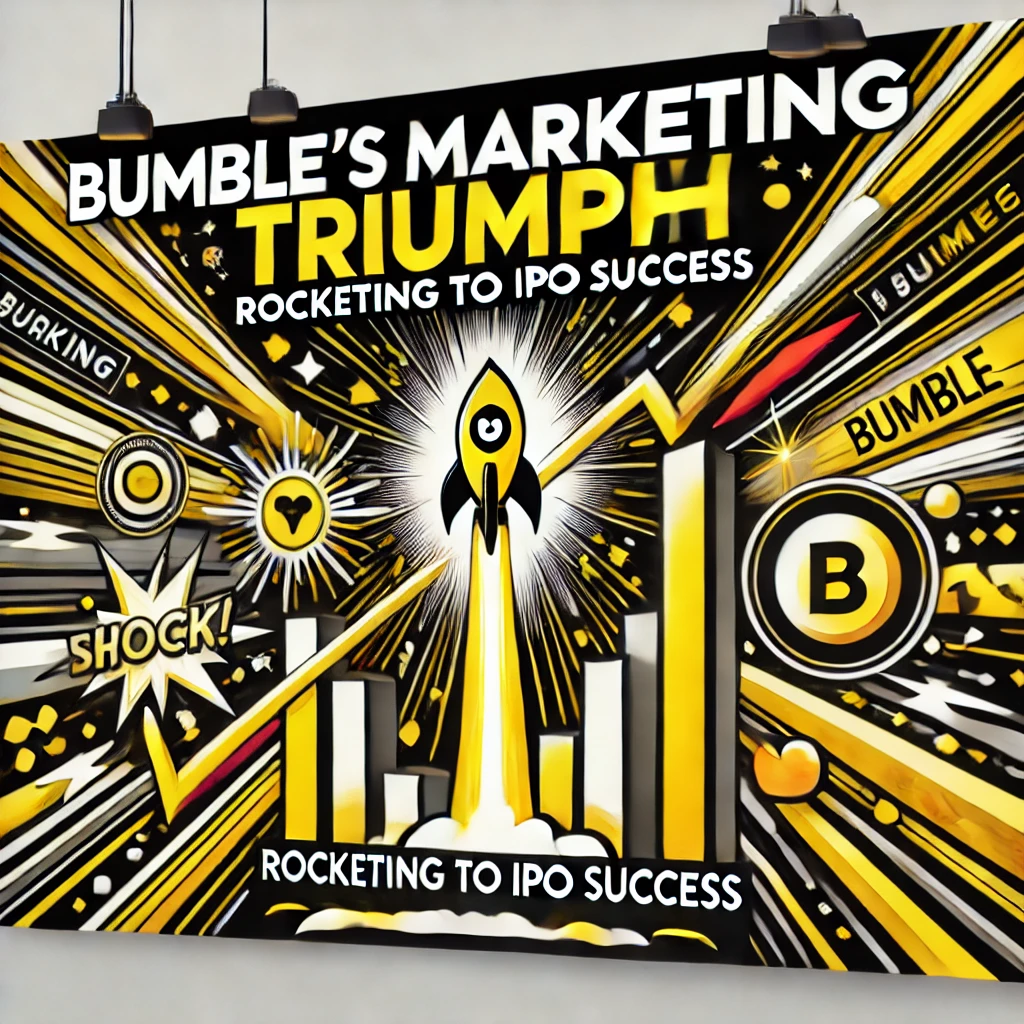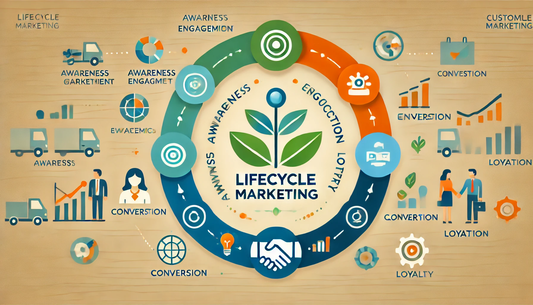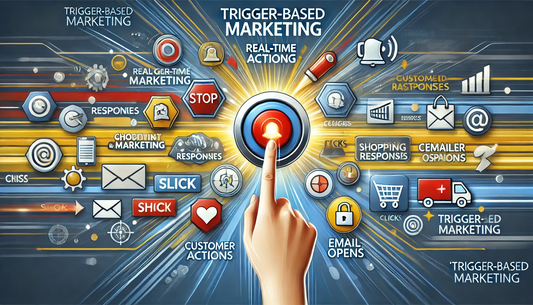💛 Bumble, the dating app that put women in the driver’s seat, didn’t just shake up online dating—it made history with a blockbuster IPO in February 2021.
Valued at over $8 billion at debut, Bumble proved that bold branding, data-driven marketing, and a strong community can create a unicorn.
What can startups learn from Bumble’s rise? Plenty. Let’s break down their genius marketing playbook. 🚀
1. Build a Brand with a Mission
Bumble wasn’t just another dating app. It stood for something: women’s empowerment. By flipping the script on dating norms, it resonated deeply with modern users.
🚀 Pro Tip: Your brand needs a strong purpose. What problem do you solve? Why should people care? Tell a story that creates an emotional connection.
2. Influencer Marketing Done Right
Bumble tapped into influencer marketing early. Instead of generic promotions, they partnered with people who genuinely embodied the brand’s ethos.
Action Plan: Identify influencers who align with your brand. Authenticity beats reach—micro-influencers with engaged audiences can drive real conversions.
3. Solve a REAL Problem
Women in online dating often faced unwanted messages and harassment. Bumble’s “women-first” approach solved this problem—and that’s what made it click.
🎯 Lesson: Great marketing won’t fix a bad product. Make sure you’re solving a genuine pain point before spending on ads.
4. Community First, Users Second
Bumble didn’t just acquire users; it built a movement. In-app events, meetups, and social media engagement fostered a tight-knit community.
💡 Growth Hack: Engage your audience beyond transactions. Build forums, host events, and create a sense of belonging.
5. Data-Driven Marketing Magic
Bumble tracked user behavior like a hawk. Every swipe, chat, and match informed their marketing campaigns, making them smarter with every ad dollar spent.
📌 Strategy: Invest in analytics. Understand your audience’s habits, personalize their experience, and optimize campaigns for better conversions.
6. Make the UX Effortless
Bumble’s sleek, intuitive interface wasn’t an accident. Features like ‘SuperSwipes’ and ‘Spotlight’ made engagement seamless.
🔑 Key Insight: Simplicity wins. Reduce friction in your user journey and make your product ridiculously easy to use.
7. Stand Out with Bold Marketing
Bumble wasn’t shy. They installed giant bee statues in cities, launched quirky ad campaigns, and kept their messaging playful yet impactful.
💡 Takeaway: Don’t play it safe. Stand out with creative, attention-grabbing campaigns that make people talk.
8. Expand Beyond Dating
Bumble didn’t stop at dating—it expanded into friendship (BFF) and business networking (Bizz), tapping into new markets.
📝 Strategy: Once you nail your core offering, explore adjacent markets. But make sure they align with your brand identity.
9. Stay Agile & Adapt
Bumble continuously evolved based on user feedback, adding new features and refining the experience.
📢 Growth Hack: Listen, iterate, improve. Agility is key—be ready to pivot when necessary.
10. PR That Packs a Punch
CEO Whitney Wolfe Herd became the face of Bumble’s success, appearing in major media outlets. This humanized the brand and built trust.
💡 Startup Tip: Leverage PR. Tell your story through media—credibility goes a long way in building brand authority.
11. Culture & Employee Advocacy
Bumble’s internal culture of empowerment extended to employees, turning them into passionate brand ambassadors.
🎯 Lesson: Your team is your brand. Create a work culture that inspires, and your employees will naturally promote your company.
Final Thoughts
Bumble’s IPO wasn’t just luck—it was the result of smart marketing, a strong mission, and relentless innovation.
For startups, the takeaway is clear: solve a real problem, build a community, use data, and never be afraid to take bold marketing risks. 🚀
Implement these strategies, and who knows? Your startup might just be the next big IPO success story. 💛










